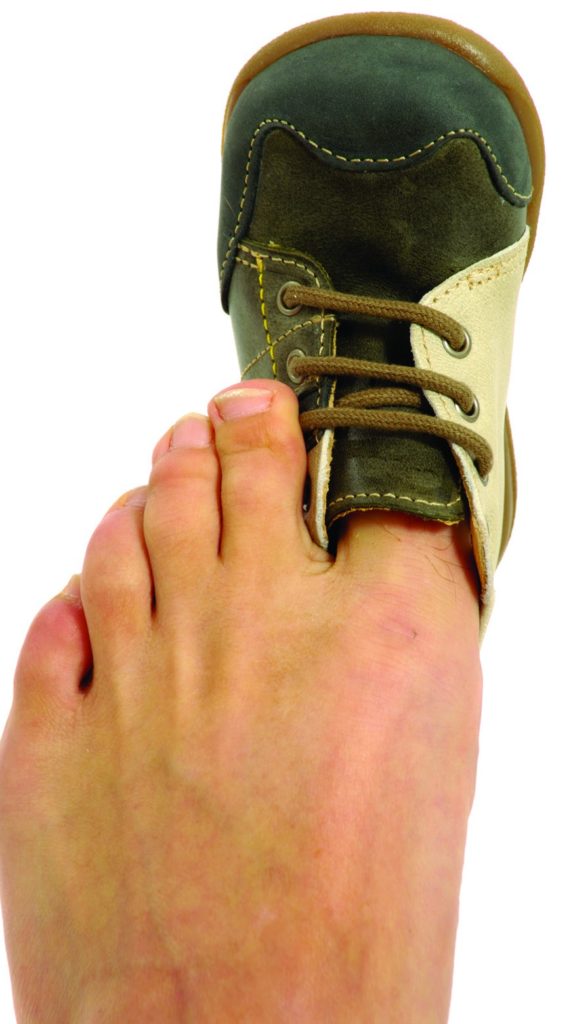Several studies have highlighted that most people who are prescribed compression don’t fully understand the benefits of wearing it. For lower limb compression garments to work effectively, they must fit well. Here we highlight how compression therapy works and why good fit is so important.
Lower-limb compression garments work by forming a casing around the leg which enhances the contraction of the calf muscle when it moves. This results in the blood and lymph vessels inside the limb being squeezed, helping to send blood and fluid in the tissues back into the circulation and towards the heart. This action has the benefit of helping to improve the condition of your leg by clearing out the congestion that results in swelling and skin changes that make it vulnerable to damage and ulceration.
Graduated compression, where the garment applies the most pressure at the ankle tapering off to apply the least pressure at the knee, improves blood and fluid return to the heart most effectively.
To work properly, graduated compression relies on your leg shape being thinner at the ankle and wider at the knee. This is simply because of the laws of physics by which fluids move. Factors such as swelling or wounds which need big, bulky dressings, may mean your limb will not keep this shape necessary for compression garments to work. If this is the case, you might need to use bandaging for a short time so that padding can be used to return your limb to the correct proportions for graduated compression to be effective. After a while, if the swelling reduces so that your limb has a graduated shape, or if your wound has reduced in size so a less bulky dressing is needed, it may be possible for you to wear hosiery.
Whatever type of compression garment you have, it must fit correctly and be worn long-term on a daily basis to get the health benefits. If your garment is cut, folded, wrinkled, too large, too small, too tight or too big or too old, or adapted in any way, it won’t work as it should, and may cause you harm.
If bad fit or discomfort is a problem for you, speak to your healthcare professional and discuss what other compression garments are available that may be more suitable. Persevere until you get the perfect fit. If your shoes hurt, you wouldn’t put up with pain and blisters or go barefoot…your compression garment is the same. If you do not fall into standard sizes, made to measure garments are available for the perfect fit. Remember, if your garment is not on your limb, it can’t be working to ease the congestion in your legs. So wear it well!
Don’t de-compress!
In a study* of over 3000 patients who were prescribed compression hosiery for chronic venous disease, non-wearing of stockings was a major cause of treatment failure.
The two major factors for not wearing compression were discomfort when wearing (including ‘cutting off’ circulation and being ‘too hot’ to wear), and a sense of restriction caused by the garment.
Another study** of compression hosiery that reviewed its wear for all uses, including treatment of leg ulcers, varicose veins, lymphoedema, DVT and post-thrombotic syndrome, showed failure to wear compression garments because of pain, discomfort and difficulty putting on was common.
In both studies, most reasons given for not wearing compression are easily resolved by changing the garment so it fits better or is made from a more suitable fabric.
Steps to help your compression to help you!
Walk
Walking gets your calf muscle working and your blood pumping. It helps to improve circulation in your lower limb. Exercising while wearing your compression enhances these benefits even more!
Move your foot
Move your foot backwards and forwards whenever you get the chance to keep your calf muscle pumping and your blood moving.
Rest
Elevate your feet when you can. Ideally, your feet should be above the level of your heart to help the blood and fluid from your legs to return more easily.

